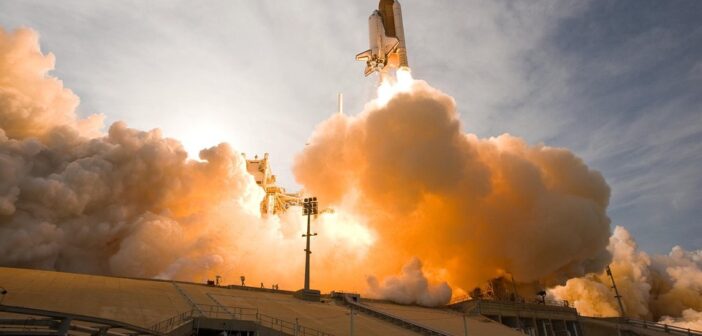Neil Armstrong’s now legendary quote “That’s one small leap for man, one giant leap for mankind” seems a little bit outdated due to the need for a more inclusive society in 2022. After all, if a man could make the accomplishment work, why can’t a woman? Luckily, that’s what NASA is pushing for with the launch of the new Artemis I spacecraft.
NASA’s plan to increase representation and diversity by sending the first woman to the moon is underway, despite a delay in their most recent launch because of a leak in the ship’s fuel tank. Artemis, also known as Exploration-Mission 1, is the name of the endeavor to launch the Orion Spacecraft and Space Launch System (SLS) rocket farther than the moon. This upcoming launch won’t have any human passengers on it, as it is a precursor to later manned missions.
Using NASA’s most powerful rocket to date, the mission aims to blaze a trail that people will follow on the next Orion flight, pushing the edges of the envelope to prepare for that mission. This is the organization’s fastest spacecraft and will travel 280,000 miles. Astronauts will test systems intended to facilitate exploration further on the moon and potentially even on mars after they are propelled into outer space by 4 R-25 engines.
Thus far, there are nine candidates for the first woman on the moon. However, NASA has not announced who their final pick will be. Scientists have not released details as to how they would carry out a mission to mars, However, given the rapid progression in aerospace technology, it is likely that they will be working hard to reach a new milestone in space exploration.


1 Comment
What a wonderful article! I love the push for more diversity. The writing is fantastic!